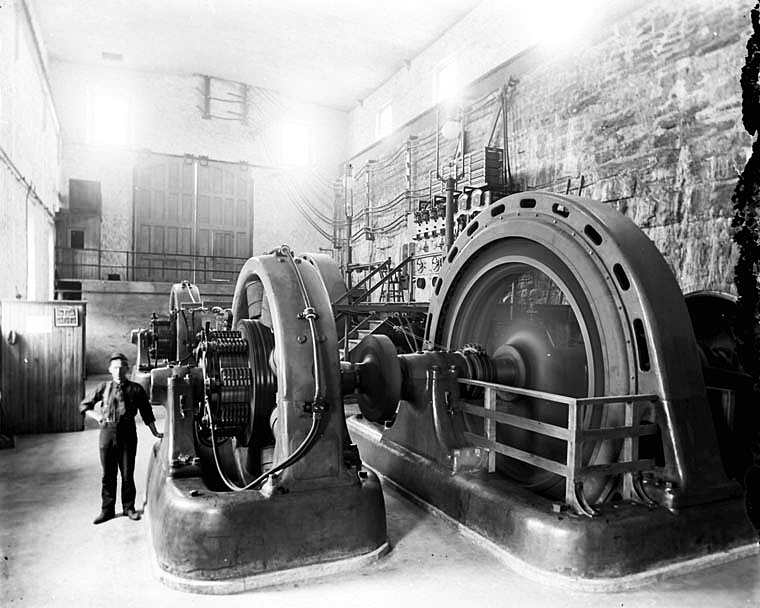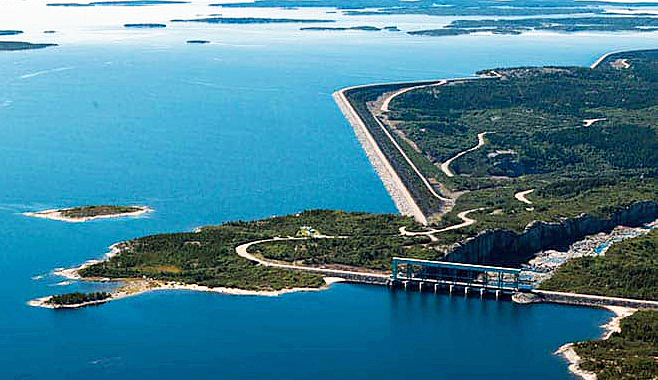Dam Nation

Hydropower has been a critical component of Canada’s electric power infrastructure since soon after Edison developed the first practical incandescent electric light bulb. The oldest Canadian hydroelectric generating station still in operation was commissioned at Chaudière Falls on the Ottawa River in 1891. As late as the 1950’s, over 90% of Canada’s electricity was hydropower. Even today, 80% or more of the electricity supply in five provinces comes from hydropower.

Source: HydroOttawa

Canada’s Largest
Source: Hydro-Québec
Most Canadians view hydropower positively. In fact, many of them call all electricity “hydro”, regardless of its source. They even refer to their electric bill as their hydro bill. They see no distinction between hydropower and other renewable energy sources. On the other hand, many Americans now view hydropower negatively due to concerns about its environmental impact. While the US EPA considers hydropower renewable, it does not consider large-scale hydropower to be “green”, which it defines as energy that provides the “highest environmental benefit.” Some states, including California, go as far as declaring large-scale hydropower not to be renewable energy and not to count toward Renewable Portfolio Standards. These perceptions and restrictions greatly discourage new hydropower projects in the US.
We Americans can learn a lesson from our neighbors to the north. As discussed in my prior blog, Open the Floodgates!, we need to understand that hydropower can be a favorable component of our renewable energy arsenal and is critical to achieving our clean energy goals.
August 1, 2024
